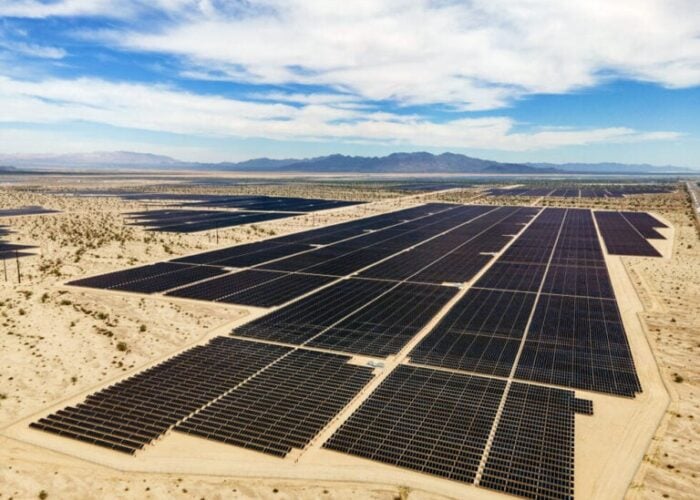The first wave of solar park announcements in the UK is in full swing. Many planned projects are designed to take advantage of the highest irradiance levels in the country, which are found in Cornwall. However, one of the pioneering sites, which is backed by a core team of experienced PV project developers and Q-Cells cofounder and former CEO Anton Milner, is planning a 5MW crystalline-based plant in Bourn, Cambridge.
Having selected the site in August, German-based Vogt Solar organized a daylong public exhibition for local residents and interested parties adjacent to the proposed utility-scale solar park.
Try Premium for just $1
- Full premium access for the first month at only $1
- Converts to an annual rate after 30 days unless cancelled
- Cancel anytime during the trial period
Premium Benefits
- Expert industry analysis and interviews
- Digital access to PV Tech Power journal
- Exclusive event discounts
Or get the full Premium subscription right away
Or continue reading this article for free
A steady stream of people kept the local community-style centre in the small village of Bourn filled for several hours during the time PV-Tech attended the exhibition.
“This is not a common occurrence in Germany,” noted Anton Milner, a director of Vogt Solar. “Things are different in the UK as this type of project is a novelty and people need to be informed more. Then there are the local planning procedures, which have a longer completion cycle.”
Locals attending the exhibition, the first of its kind in the UK, were genuinely interested in the proposed plant. Many were relieved that the project was not to include a wind farm. Appearance of the plant from public roads and nearby homes proved a common talking point among the visitors, as well as the possible security measures needed to prevent theft and vandalism. Images of high-wire fences and watchtowers with spotlights were painted by locals, who were then relieved to find out that none of these measures were common nor planned for the Bourn Solar Park.
Indeed, Vogt Solar fully understands that these pioneering sites need to follow the best practices in the industry as they develop future projects in the region that are already in various stages of early planning.
Interestingly, several local landowners and farmers who attended the event were interested in speaking with Vogt Solar about opportunities for similar solar parks on their land.
Bourn Solar Park details
According to the company, full planning permission will be submitted to the South Cambridgeshire District Council in late November, early December. The 5MW plant will use approximately 22,000 crystalline modules on a 36-acre (14.8 hectare) plot, leased from local farming family, the Taylors. There would also be five or six inverters and five or six transformers placed around the site and connected to a local substation.
Construction is expected to take 16 weeks, though planning procedures and approvals have yet to take place. Vogt Solar said that final decisions on modules, racking and inverters had yet to be made, though procurement to meet construction timelines would not be an issue.
Dual use of the low-grade agricultural land has also not been decided, but further hedging and wild-plant seeding is being considered.
The solar farm could generate enough clean energy to power approximately 1,200 homes, close to the equivalent number of households in local villages of Bourn and Caldecote combined. The C02 emissions saved are estimated at 55,000 tonnes over its 25-year lifetime.
The project could cost between £10 and £14 million and would be one of the first commercial, independent 5MW solar parks in the UK and the first in Cambridge.






